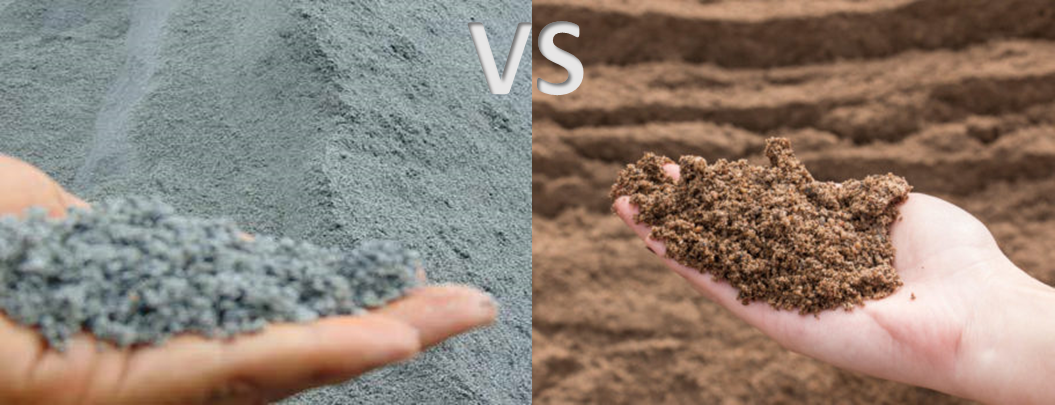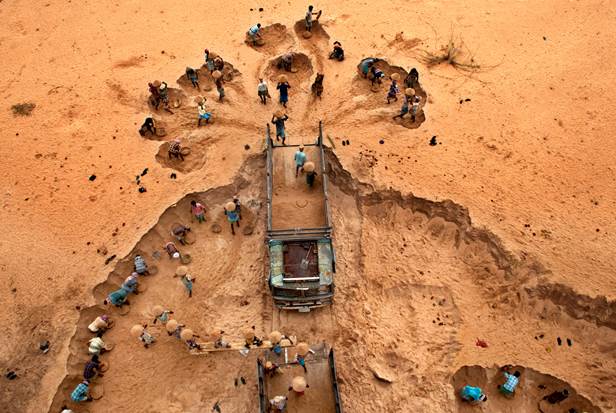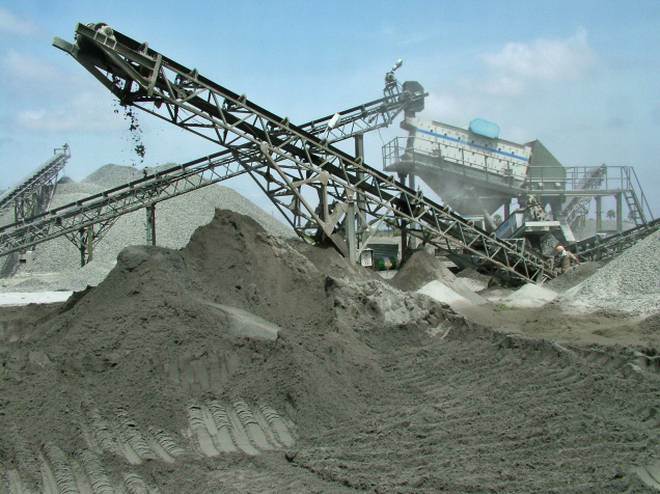In the construction industry, selecting the proper kind of sand is crucial for the first-rate and sturdiness of the systems. As demand for sand keeps to upward thrust, information about the variations among M-Sand (Manufactured Sand) and River Sand is crucial. Naturally occuring sand obtained from river beds. It is normally finer than other types of sand and may incorporate impurities. Manufactured by crushing difficult stones into quality sand debris using technologies like crushers. M-Sand is free from impurities and has regular gradation, making it an excellent alternative to River Sand. Our architects in Chennai use the best sand that works best for you and your budget.


River sand is found naturally on river banks having a smooth texture. This sand was widely used as a good combination for making concrete and mortar. It was the cheapest resource of sand, but now its seasonal.
The best part about river sand is its capability to refill itself. It can be combined with gravel, cement, steel, and water for the purpose of making concrete. Not only this, river sand can also make mortar for plastering and filling joints by using water and cement.

Manufactured sand (m-sand) is made by crushing granite rocks into small particles. Due to the fast growing construction industry and reduction of river sand, the demand for M – Sand has increased. The cost of M-Sand is almost 50% less than the cost of river sand.
The best part about M-Sand is its easy availability, better quality and less transportation cost. The less use of water from M-sand creates less effort for mixing and placement of concrete.
As, M-Sand is processed from good quality of granite, it has balanced properties for construction of concrete structures. This characteristic of M-Sand helps the concrete structures to withstand extreme environmental condition and prevents steel from getting rusted by reducing absorbency, moisture access, freeze – melt effect which increases the durability of concrete structures.
For sustainable construction, M-Sand is increasingly more preferred by architecture firms in Chennai over river sand. Its steady pleasant, price-effectiveness, and minimum environmental effect make it a superior desire for modern production desires.
| Parameters | M (Manufactured) Sand | River Sand |
|---|---|---|
| Procedure | Factory manufactured | Available naturally on river banks. |
| Shape and Texture | Angular with rough texture. Angular aggregates demand more water. | Better shape with smooth texture. Demands less water. |
| Moisture Content | Only water washed M - Sand contains moisture. | Moisture is trapped between the particles which makes it good for concrete purposes. |
| Concrete Strength | High concrete strength compared to river sand. | Less concrete strength |
| Over Sized Particles | 0%., as it is artificially manufactured. | 1 - 6% of over sized particles is expected. |
| Environment-Friendly | Natural coarse aggregates is used in M- Sand to form, less damage is caused to the environment. | Harmful to the environment by eco imbalances, reduction of groundwater level. |
| Adulteration | Less adulteration | High adulteration since filtered sand is mixed together. |
| Usage | Recommended for block/brick works and RCC purposes. | Recommended for block/brick works and RCC plastering. |
| Quality Control | Better quality control since manufactured in a controlled environment. | No control over quality as it is naturally occurring. |